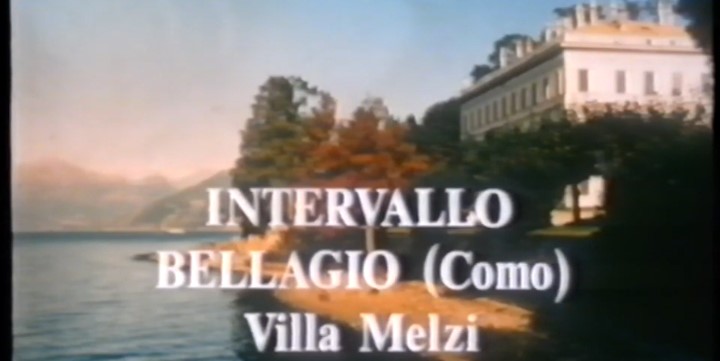From the 1980s to the present day, the Italian Pavilion at the Venice Biennale has experienced various vicissitudes. At the end of the twentieth century, with the onset of postmodernism, the Italian presence was reduced to a minimum, even suppressed, only to be reinstated to make way for the large transnational exhibitions that have characterised the Biennale ever since. This precariousness is, at least in part, a reflection of the problems Italy has in thinking of itself as a Nation, compared to other more structured national identities. The duty of hospitality that Italy owes to other countries should also be taken into account. Managing the Biennale in the best possible way, constantly renewing and updating it, may require some sacrifices, and the organising country must be the first to shoulder this burden.
What has been said so far certainly explains a lot, but not everything, all the more so since the Italian Pavilion moved from its original location in the Giardini to the Tese delle Vergini in the Arsenale in 2006. An excellent example of industrial archaeology, with an area of 1,200 square metres plus 900 outside, the Tese offer ample guarantees in terms of capacity and flexibility, even if the artists present are numerous and very different, and their works are not always small. This is exactly what one imagines when one asks oneself what the curatorship is for; to select artists, certainly, but above all to make them coexist, to appreciate the differences.
And yet, in recent editions, the number of artists invited has fallen to an all-time low. There were three artists in 2017 (Giorgio Andreotta Calò, Roberto Cuoghi, Adelita Husni-Bey, curator Cecilia Alemani), three in 2019 (Enrico David, Chiara Fumai, Liliana Moro, curator Milovan Farronato), one in 2022 (Gian Maria Tosatti, curator Eugenio Viola). And only one will represent Italy in the 2024 edition: Massimo Bartolini, curated by Luca Cerizza. This is not about individual names and choices, but about the relationship between give and take, quality and quantity, space and time. The trend of the Italian Pavilion in recent years suggests a country where art and artists are on the verge of extinction, as if Covid had wiped them out, and it is no longer worth searching, discovering, questioning. And we know that this is not the case.
The individual artist, chosen from a shortlist, is perfectly fine as an ambassador for a foreign country. But if it is the host country that persists in this way, then we are faced with a gimmick that disappoints and, worse still, gives the country’s art system a faded and insubstantial image. Which is the preferred image of those who, when it comes to art, do not think or speak, but simply proclaim.
Homepage: RAI TV interval, 1970s.


